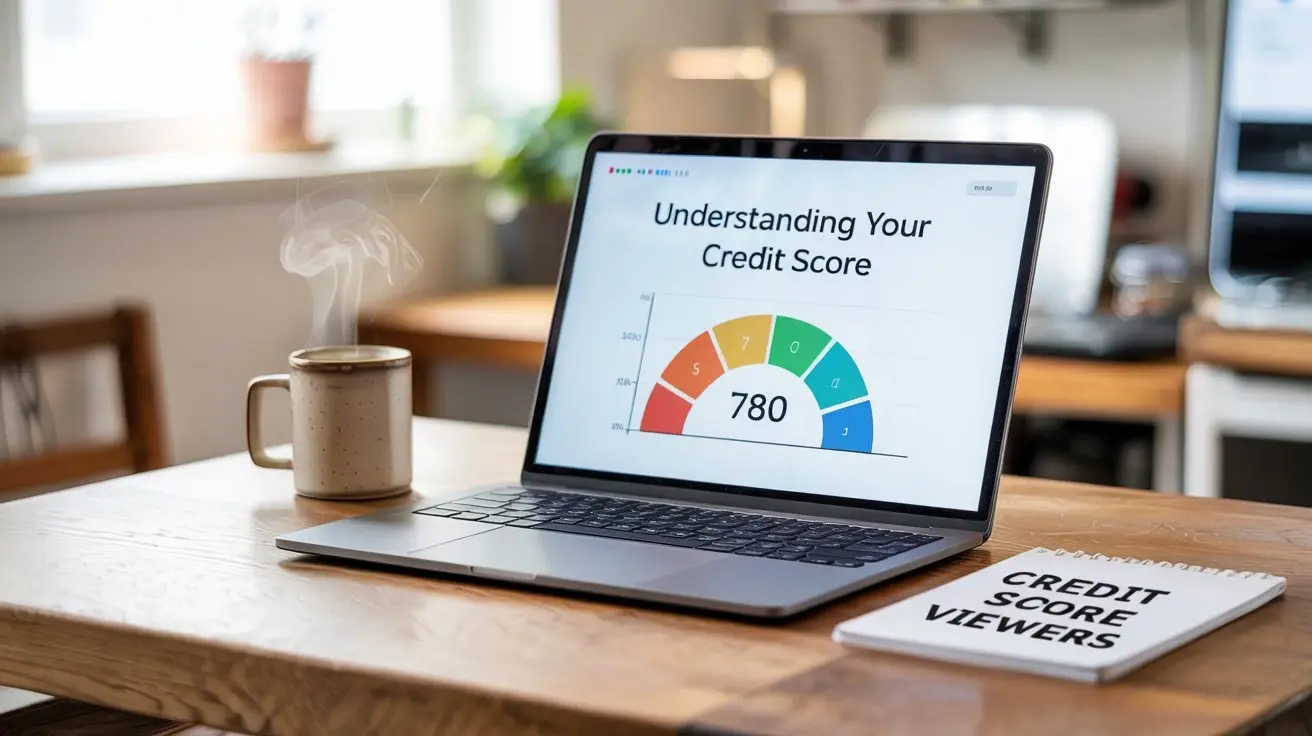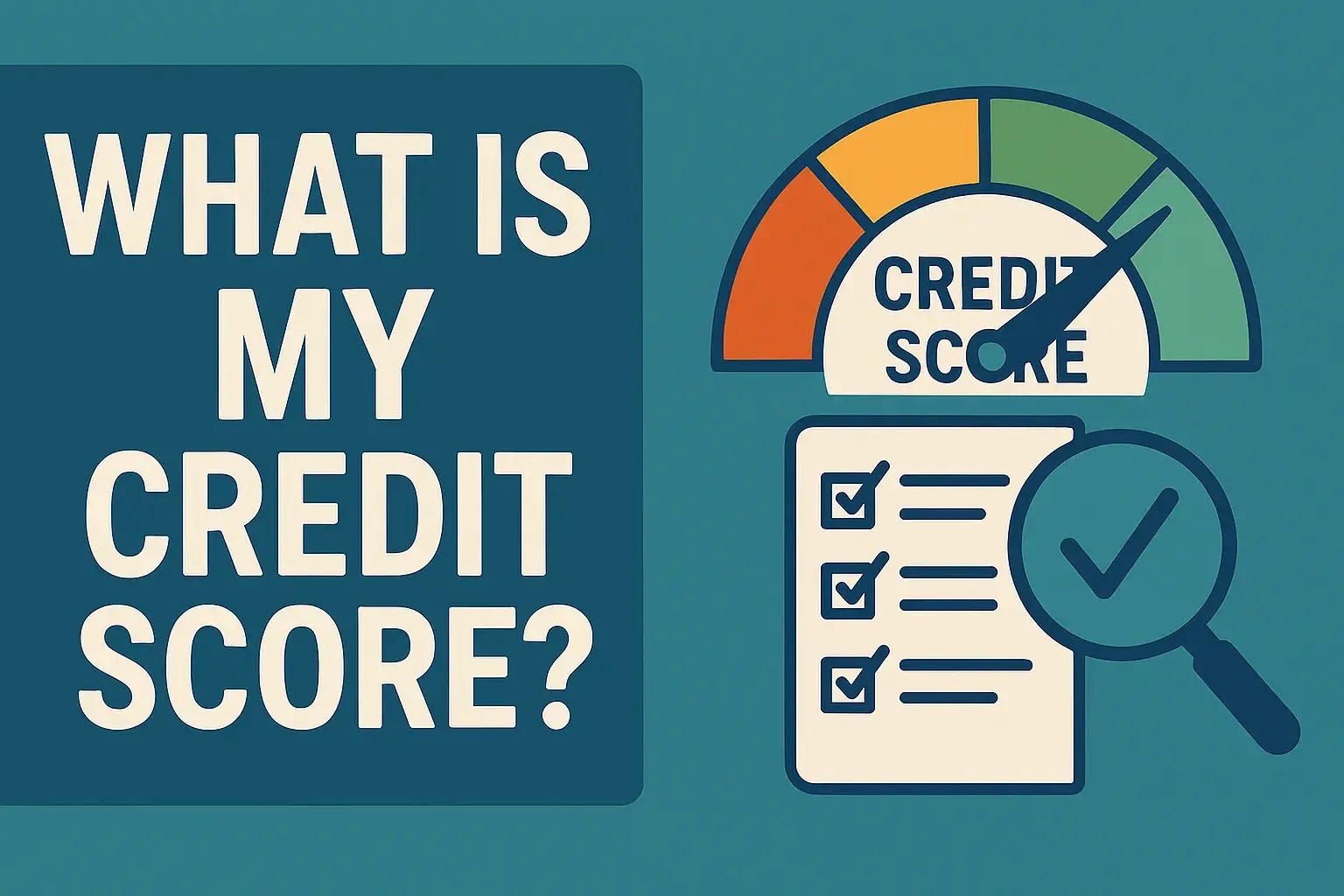Understanding Your Credit Score: A Comprehensive Guide to Credit Score Viewers

In today’s financial landscape, your credit score is one of the most critical numbers defining your economic health. Whether you’re applying for a mortgage, seeking a car loan, or even trying to rent an apartment, your credit score plays a pivotal role in determining your eligibility and terms. But how do you access this vital piece of information, and what tools can help you monitor it effectively? Enter the world of credit score viewers—digital platforms and services designed to give you insight into your credit profile. In this comprehensive guide, we’ll explore what credit score viewers are, why they matter, and how you can leverage them to improve your financial standing.
What Is a Credit Score Viewer?
A credit score viewer is a tool, typically an online platform, mobile app, or feature within a financial service, that allows you to check and monitor your credit score. These tools pull data from major credit bureaus like Equifax, Experian, and TransUnion, presenting your score in an easy-to-understand format. Many credit score viewers provide additional details, such as factors affecting your score, credit report summaries, and improvement tips.
Credit score viewers come in various forms:
- Free Services: Platforms like Credit Karma, Experian, and NerdWallet offer free access to your credit score, often with basic insights.
- Paid Services: Premium services, such as those from FICO or credit bureaus, provide more detailed reports and advanced monitoring features.
- Bank and Credit Card Features: Many banks and credit card issuers, like Chase, Capital One, or Discover, include free credit score viewers in their online banking portals.
- Third-Party Apps: Fintech apps like Mint or WalletHub integrate credit score viewing with budgeting and financial planning tools.
Each type of viewer has its strengths, but the core purpose remains the same: to empower you with knowledge about your credit health.
Why Monitoring Your Credit Score Matters
Your credit score is a three-digit number (typically ranging from 300 to 850) that reflects your creditworthiness. Lenders use it to assess the risk of lending to you. A higher score can lead to better loan terms, lower interest rates, and more opportunities, while a lower score might limit your options or result in higher costs.
Here’s why regularly checking your credit score with a viewer is essential:
1. Identify Errors: Credit reports can contain inaccuracies, such as incorrect account details or fraudulent activity. A credit score viewer helps you spot these issues early.
2. Track Progress: If you’re working to improve your credit, a viewer lets you monitor how your efforts—paying down debt, for example—impact your score over time.
3. Prevent Fraud: Regular monitoring can alert you to unauthorized accounts or inquiries, helping you catch identity theft before it escalates.
4. Prepare for Big Purchases: Before applying for a loan or credit card, knowing your score helps you understand what terms you might qualify for.
5. Financial Awareness: A credit score viewer provides a snapshot of your financial habits, encouraging better money management.
By keeping tabs on your credit score, you’re not just reacting to financial challenges—you’re proactively managing your future.
How Credit Score Viewers Work?
Most credit score viewers operate by accessing data from one or more of the three major credit bureaus. Here’s a simplified breakdown of the process:
1. Data Retrieval: When you sign up for a credit score viewer, you provide personal information (like your name, address, and Social Security number) to verify your identity. The platform then pulls your credit data from the bureaus.
2. Score Calculation: The viewer uses a scoring model, such as FICO or VantageScore, to calculate your credit score based on factors like payment history, credit utilization, length of credit history, types of credit, and recent inquiries.
3. Report Generation: The tool displays your score and often includes a summary of your credit report, highlighting key details like open accounts, balances, and any negative marks.
4. Ongoing Monitoring: Many viewers offer real-time or periodic updates, alerting you to changes in your score or report.
Some viewers use “soft inquiries” to check your score, which don’t affect your credit, unlike “hard inquiries” made by lenders during loan applications. Always confirm that a service uses soft inquiries before signing up.
Choosing the Right Credit Score Viewer
With so many credit score viewers available, selecting the right one depends on your needs and goals. Here are some factors to consider:
- Cost: Free viewers are great for basic monitoring, but paid services might offer more in-depth analysis or identity protection features.
- Scoring Model: Different viewers use different models (FICO vs. VantageScore). FICO is more widely used by lenders, so it might be preferable if you’re preparing for a loan.
- Frequency of Updates: Some platforms update your score daily, while others do so monthly. Frequent updates are helpful if you’re actively working on your credit.
- Additional Features: Look for tools that provide credit report details, personalized advice, or simulations (e.g., “What happens if I pay off my credit card?”).
- Security: Ensure the platform uses strong encryption and data protection measures to safeguard your personal information.
- User Experience: A clean, intuitive interface makes it easier to understand your score and take action.
Popular options include:
- Credit Karma: Free, user-friendly, with VantageScore and weekly updates.
- Experian: Offers free FICO scores and detailed credit reports.
- MyFICO: A paid service with comprehensive FICO score monitoring across all three bureaus.
- Capital One CreditWise: Free for everyone (not just cardholders), with VantageScore and robust alerts.
Compare a few platforms to find one that aligns with your financial priorities.
Tips for Using a Credit Score Viewer Effectively
To get the most out of your credit score viewer, follow these best practices:
1. Check Regularly: Review your score and report at least monthly to stay on top of changes.
2. Understand the Factors: Learn what influences your score (e.g., payment history is 35% of a FICO score) so you can focus on high-impact actions.
3. Act on Insights: If your viewer suggests paying down debt or disputing an error, take action promptly.
4. Set Goals: Use your viewer to track progress toward a target score, like 700 or 750, which can unlock better loan terms.
5. Combine with Budgeting: Pair your credit score viewer with a budgeting app to address underlying financial habits that affect your score.
Improving Your Credit Score with Viewer Insights
A credit score viewer isn’t just a monitoring tool—it’s a roadmap to better credit. Here are some common issues viewers highlight and how to address them:
- High Credit Utilization: If you’re using more than 30% of your available credit, pay down balances or request a credit limit increase.
- Missed Payments: Set up autopay or reminders to ensure on-time payments, which heavily influence your score.
- Limited Credit History: Keep older accounts open and consider becoming an authorized user on a trusted person’s credit card.
- Too Many Inquiries: Avoid applying for multiple credit accounts in a short period.
- Negative Marks: Dispute errors and negotiate with creditors to remove or settle derogatory marks like collections.
By addressing these areas, you can steadily boost your score over time.
The Future of Credit Score Viewers
As financial technology evolves, credit score viewers are becoming more sophisticated. Emerging trends include:
- AI-Powered Insights: Advanced algorithms offer hyper-personalized advice based on your financial behavior.
- Real-Time Alerts: Instant notifications for score changes or suspicious activity.
- Integration with Fintech: Seamless connections with budgeting, investing, and banking apps for a holistic financial view.
- Alternative Data: Some viewers are incorporating non-traditional data (like rent or utility payments) to provide scores for those with thin credit files.
These advancements make it easier than ever to stay informed and take control of your credit.
Conclusion
A credit score viewer is more than just a number on a screen—it’s a gateway to financial empowerment. By regularly monitoring your score, understanding the factors behind it, and acting on the insights provided, you can improve your creditworthiness and unlock better financial opportunities. Whether you choose a free app like Credit Karma or a premium service like MyFICO, the key is to engage with the tool consistently and use its guidance to make informed decisions. In a world where credit shapes so many aspects of life, a credit score viewer is your first step toward a brighter financial future. Start exploring your options today, and take charge of your credit journey!
Call (888) 804-0104 to get your credit score now!
Related Stories
Recent Posts
Does Closing a Checking Account Affect Your Credit Score? Here’s the Truth
Is a Home Equity Loan a Second Mortgage? The Definitive 2025 Guide
Which Credit Score is Most Accurate? FICO vs VantageScore
Does Closing a Checking Account Affect Credit Score? – Complete Guide for Consumers
Credit Captain Reviews (2025): Is It Legit, Safe, and Worth It?
